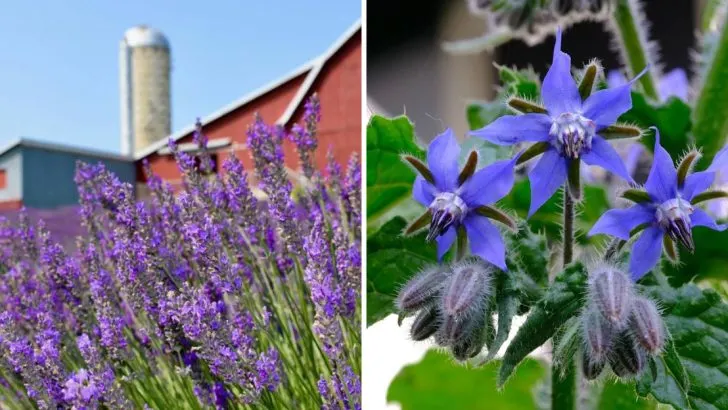Sunflowers get a lot of attention when it comes to attracting bees, and for good reason—they’re big, bright, and packed with pollen. But they’re not the only option in the garden that bees love. In fact, some flowers are even more appealing to pollinators, offering a richer food source or blooming earlier in the season when bees are just starting to forage.
If you’re curious about boosting bee traffic in your yard or garden, you might be surprised by how many other flowers pull more weight than sunflowers. From tiny wildflowers to bold, colorful perennials, there’s a wide variety that can support your local bee population—and add something extra to your garden while they’re at it.
Lavender
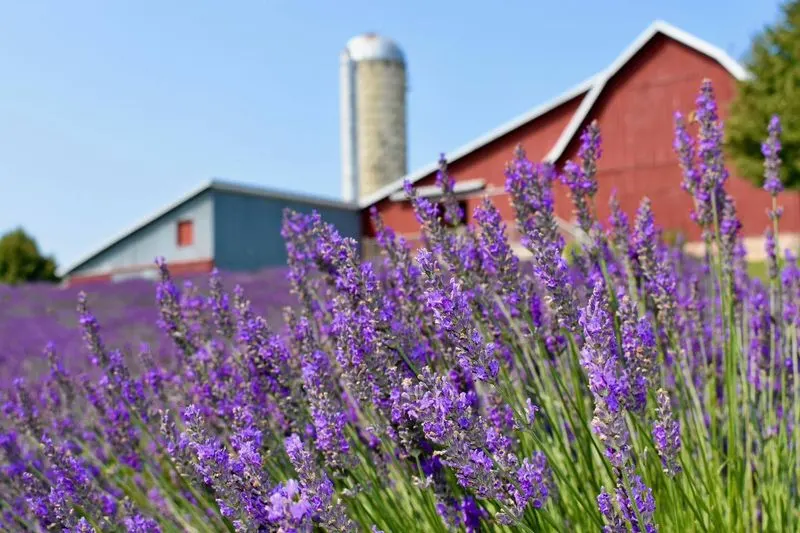
Lavender’s intoxicating scent and vibrant purple blooms captivate not only humans but also bees. The gentle hum of bees around lavender patches is a testament to its irresistible allure. This perennial plant provides a continuous source of nectar, flourishing in sunny climates with well-drained soil. It’s a favorite in gardens where bees are encouraged to thrive. As a bonus, lavender is also a fantastic addition to homemade sachets and culinary dishes. Did you know? Lavender oil has been used for centuries for its calming properties. Its presence in a garden adds both beauty and utility.
Borage

Borage, with its star-shaped blue flowers, is a magnet for bees. These delightful blooms are not only attractive but also edible, adding a cucumber-like flavor to salads. Borage is an annual herb that grows easily and prolifically, making it an excellent choice for bee-friendly gardens. Its flowers produce abundant nectar, ensuring bees are well-fed throughout the blooming season. Historically, borage has been associated with courage, earning it the nickname ‘herb of gladness.’ Whether you’re a gardener or a chef, borage offers versatility and charm.
Bee Balm
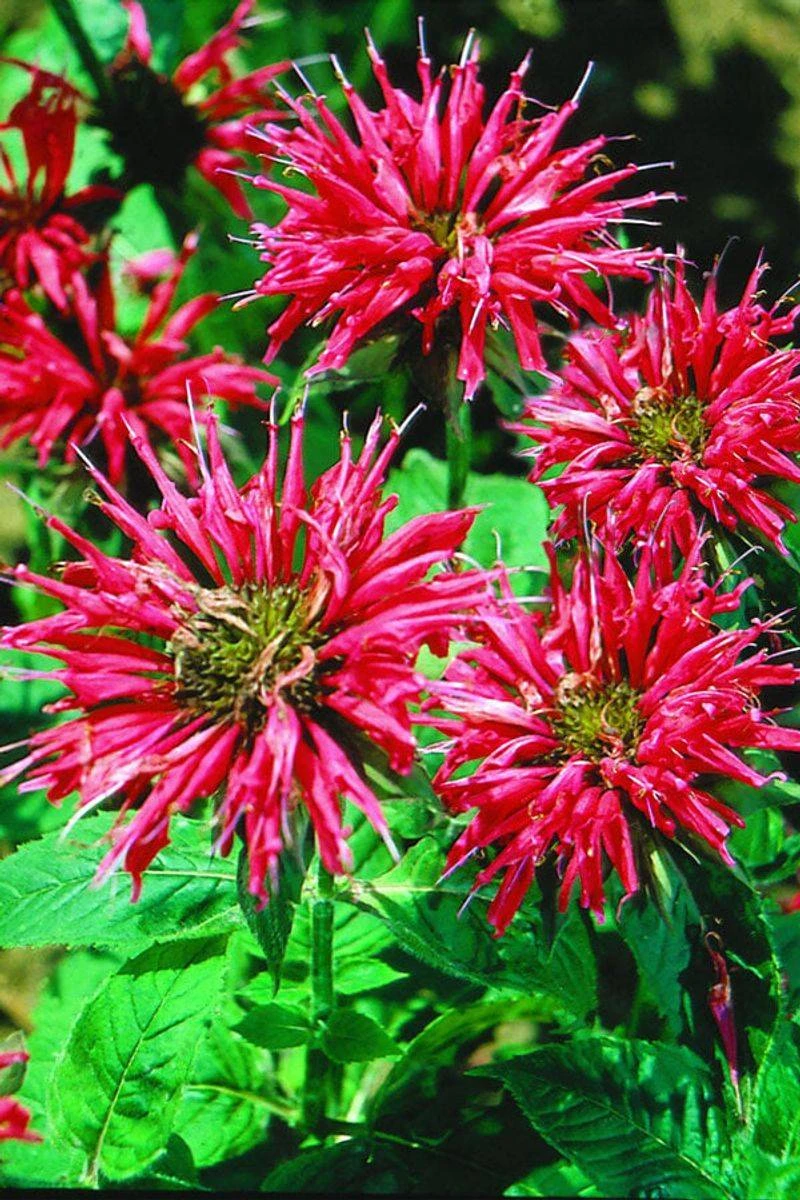
Bee Balm, also known as Monarda, is a striking flower known for attracting bees more than sunflowers. Its tubular red, pink, and purple flowers provide easy access for buzzing visitors. This perennial plant thrives in North American gardens, offering both beauty and practicality. Bee Balm is also valued for its medicinal properties, often used in teas to alleviate colds and digestive issues. The plant’s name reflects its primary role in the ecosystem: a balm for bees! A garden filled with bee balm is alive with color and activity, a true sanctuary for pollinators.
Coriander
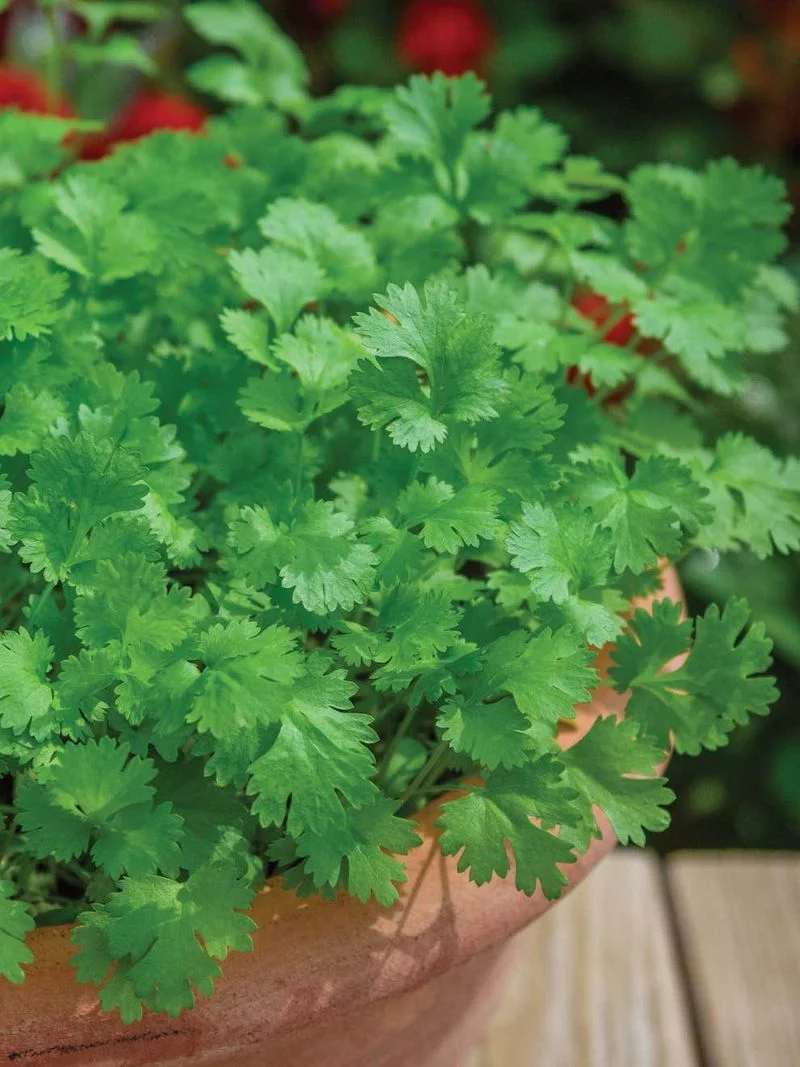
Coriander, commonly known as cilantro, surprises many with its ability to attract bees. While known for its flavorful leaves, its small white flowers are a beacon for bees. These blooms provide excellent nectar resources, helping sustain bee populations. Coriander grows quickly and can be planted in various climates, making it a versatile addition to gardens. Not just for culinary use, its seeds are harvested as a spice, known as coriander. Bee lovers will enjoy seeing their gardens teem with life when coriander is in bloom, offering both utility and beauty.
Foxglove
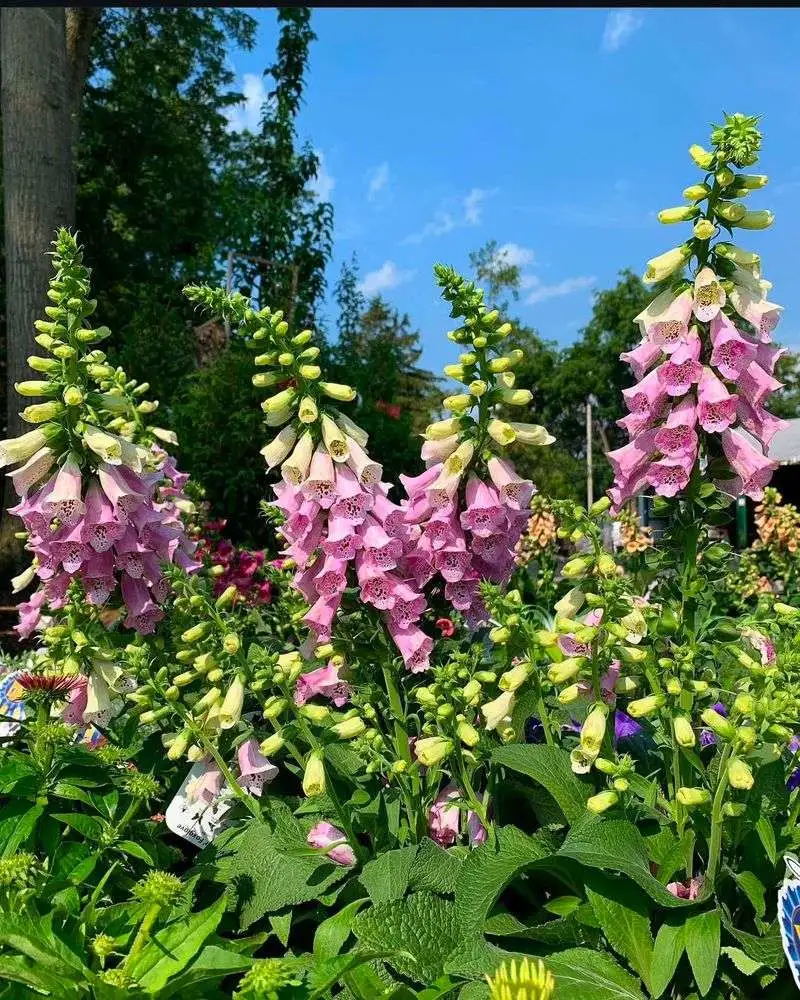
Foxglove’s towering spikes of tubular flowers are not only dramatic but also irresistible to bees. These biennial plants thrive in woodland and garden settings, offering nectar-filled bell-shaped flowers. Each bloom is a feast for bees, who find the shape perfect for pollination. Historically, foxglove has been used in medicine, notably for heart conditions. Despite its beauty, note that foxglove is toxic if ingested. In a garden, it stands as a statuesque invitation to bees, ensuring their regular visits. The presence of foxglove adds elegance and ecological value.
Cosmos
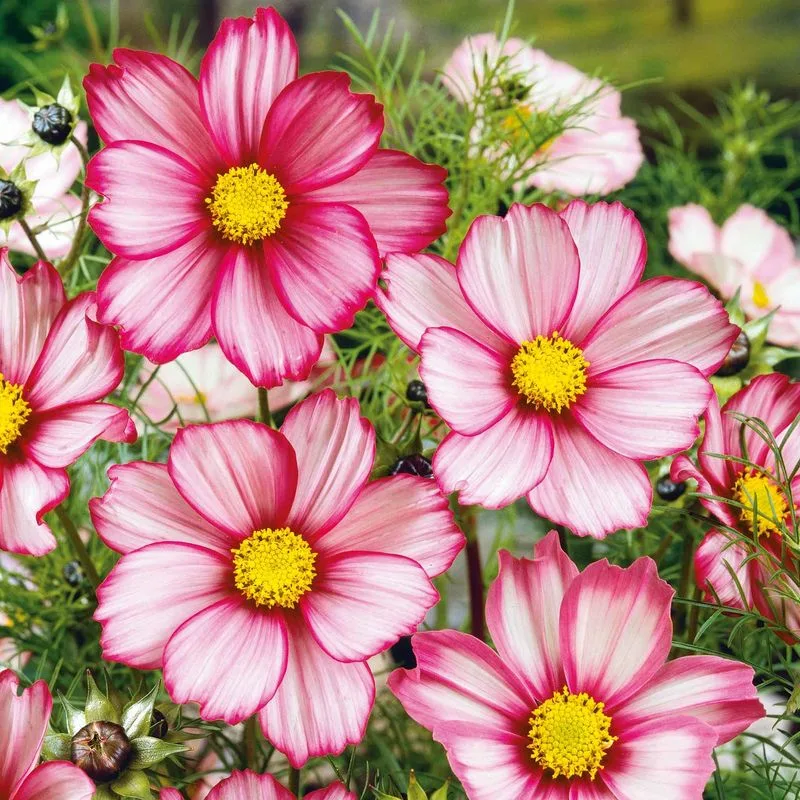
Cosmos, with its delicate, daisy-like petals, is a favorite for bees seeking nectar. These annual flowers are easy to grow, requiring minimal care while offering vibrant shades of pink, white, and orange. Cosmos blooms throughout summer, creating a long-lasting buffet for bees. Its presence in a garden not only pleases pollinators but also adds a splash of color. Historically, cosmos has been symbolized as the flower of peace, bringing harmony to gardens. By planting cosmos, gardeners contribute to bee conservation while enjoying a picturesque landscape.
Thyme
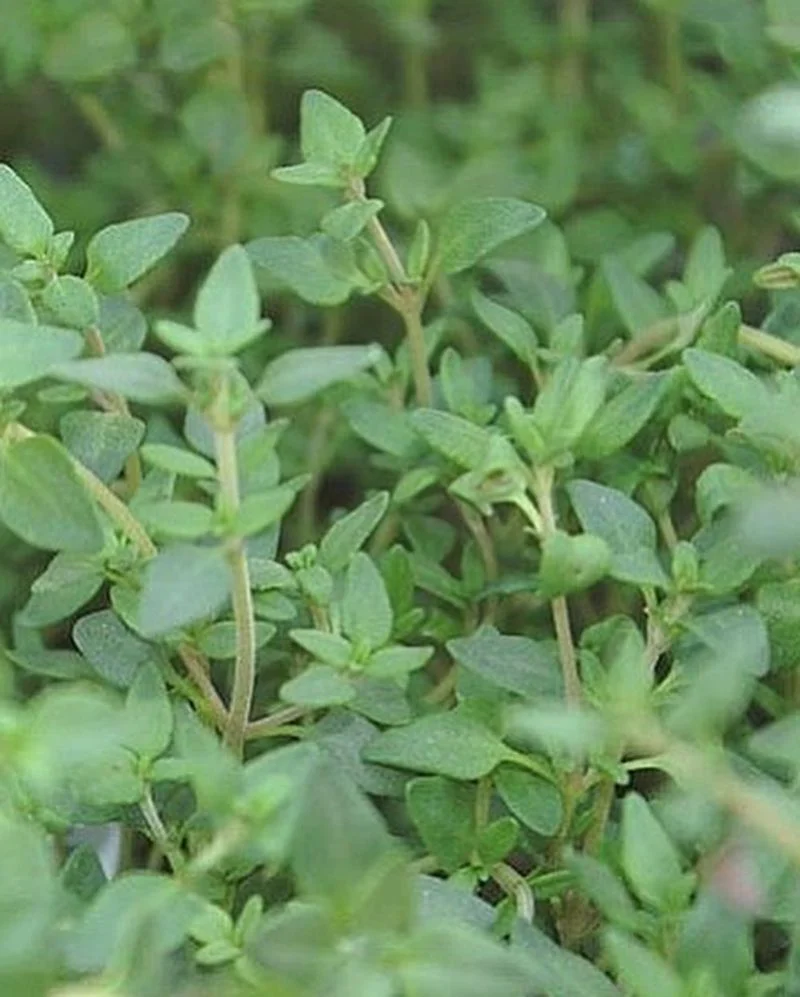
Thyme, a staple in herb gardens, surprises many with its bee-attracting capabilities. Its small, purple flowers are a rich source of nectar, drawing bees throughout its blooming season. Growing thyme is easy; it thrives in sunny, well-drained conditions. Not only does it play a crucial role in supporting bee populations, but it’s also a must-have in kitchens. Its aromatic leaves flavor a variety of dishes. Thyme’s dual purpose—culinary and ecological—makes it indispensable. Gardens with thyme provide a refreshing scent and a vital resource for bees.
Echinacea
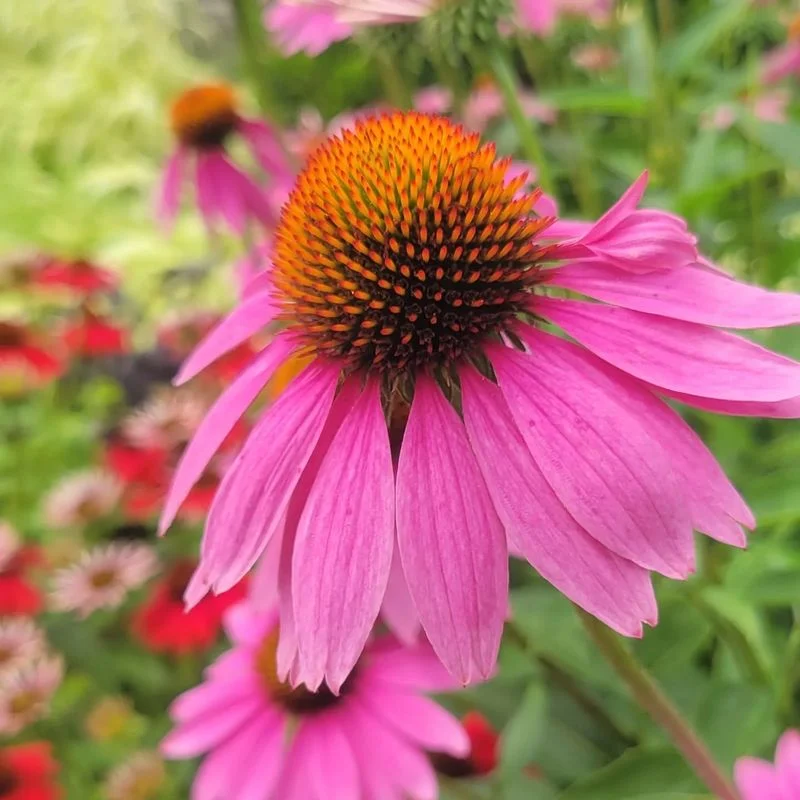
Echinacea, or coneflower, is renowned for its medicinal properties and bee-friendly nature. Its large, daisy-like blooms with prominent central cones attract bees effortlessly. These perennials are not only beautiful but also hardy, thriving in diverse climates. Echinacea is often used for boosting immune health, adding a functional aspect to its ornamental appeal. A garden featuring echinacea is both lively and beneficial, with bees eagerly visiting for nectar and gardeners enjoying its health benefits. This flower embodies resilience and beauty, making it a garden staple.
Marjoram
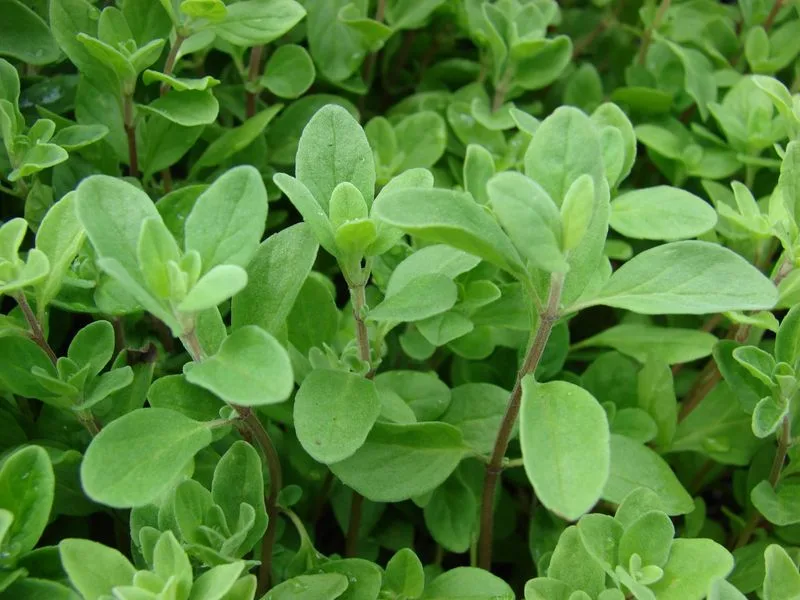
Marjoram, often overshadowed by its culinary cousin oregano, is a hidden gem for bee attraction. Its tender white and pink flowers are a rich nectar source, drawing bees with their subtle fragrance. Marjoram thrives in Mediterranean climates, preferring sunny, well-drained spots. Beyond its appeal to bees, marjoram offers culinary versatility, enhancing various dishes with its sweet, aromatic flavor. By planting marjoram, gardeners support bee populations while enjoying a fragrant and useful herb. It’s a small yet impactful addition to any bee-friendly garden.
Zinnia
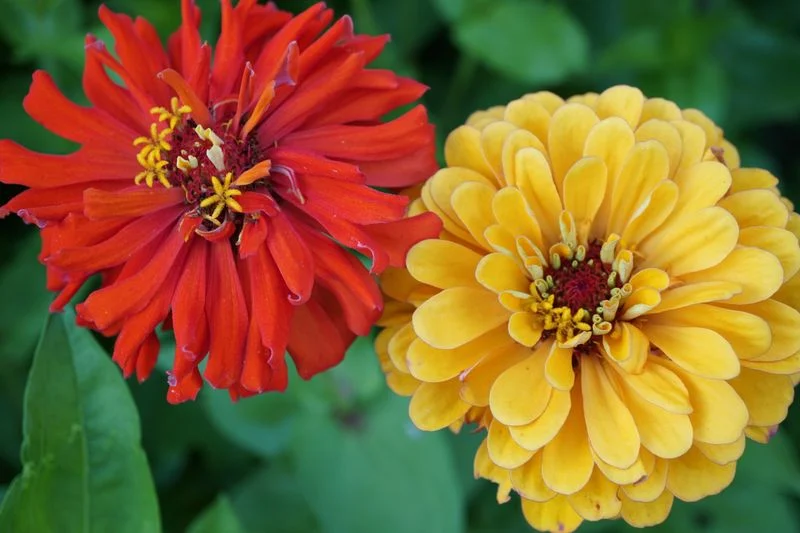
Zinnias, with their bold and bright blooms, are irresistible to bees. These annuals come in a spectrum of colors, providing a visual feast and ample nectar. Easy to grow and maintain, zinnias flourish in sunny gardens, attracting bees throughout their blooming season. Their long-lasting flowers make them favorites for cutting and floral arrangements. Historically, zinnias have symbolized lasting friendship, mirroring their role in sustaining bee populations. Planting zinnias enriches gardens with color and activity, ensuring a lively environment for all.
Hollyhock
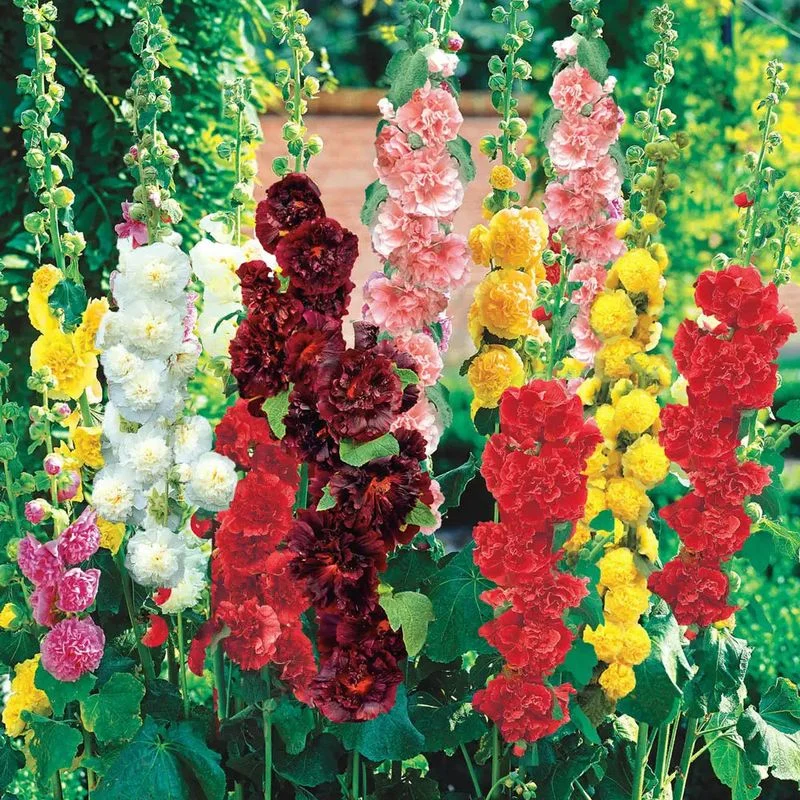
Hollyhocks, with their towering stalks and large, round blossoms, create an impressive sight that bees can’t resist. These biennials offer blooms in various shades, including deep reds and pinks, providing nectar in abundance. Hollyhocks thrive in sunny locations and are perfect for adding height to garden borders. They’re also steeped in history, having adorned cottage gardens for centuries. Their presence in a garden not only attracts bees but also adds a nostalgic charm. Hollyhocks stand as both a visual and ecological asset in bee-friendly spaces.
Anise Hyssop
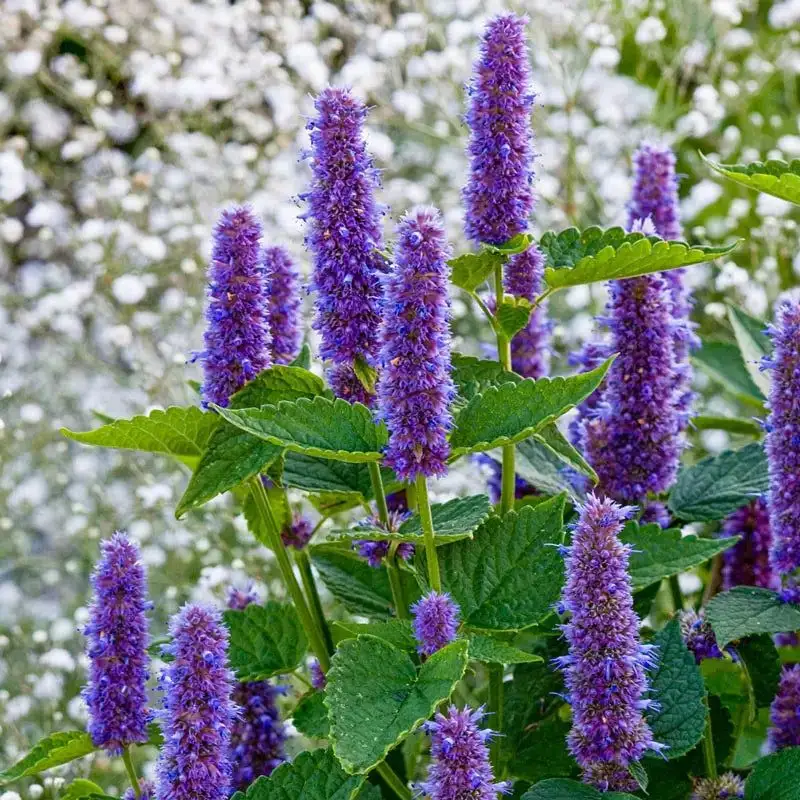
Anise Hyssop offers a delightful fragrance, combining the scents of anise and mint, which bees find irresistible. Its tall spikes of purple flowers provide a feast of nectar throughout summer. This perennial thrives in full sun and well-drained soil, making it an excellent choice for bee-friendly gardens. Apart from its attractiveness to bees, anise hyssop is used in herbal teas and as a decorative plant. Its aromatic presence adds sensory appeal to gardens, creating a haven for pollinators and a pleasing atmosphere for garden enthusiasts alike.
Goldenrod
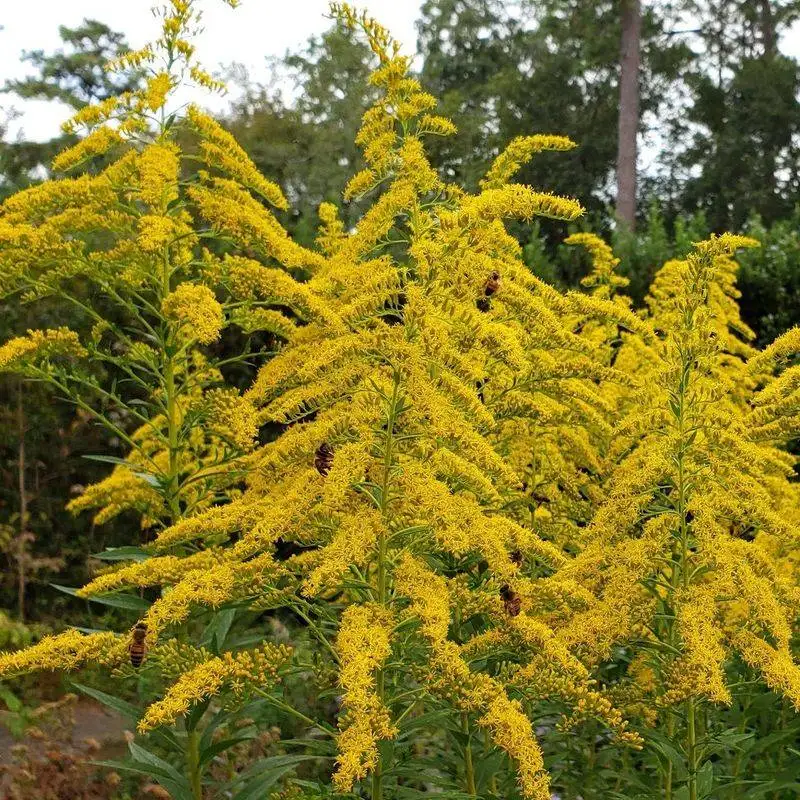
Goldenrod, often misunderstood as an allergen, is actually a vital nectar source for bees. Its bright yellow flowers bloom in late summer, providing essential nourishment as other blooms fade. This hardy perennial grows in various conditions, from meadows to gardens, ensuring bees have access to food. Goldenrod also holds traditional medicinal uses, including remedies for colds and flu. Its presence in gardens supports biodiversity, offering both beauty and utility. Planting goldenrod helps sustain bee populations, contributing to a healthier ecosystem.
Catmint
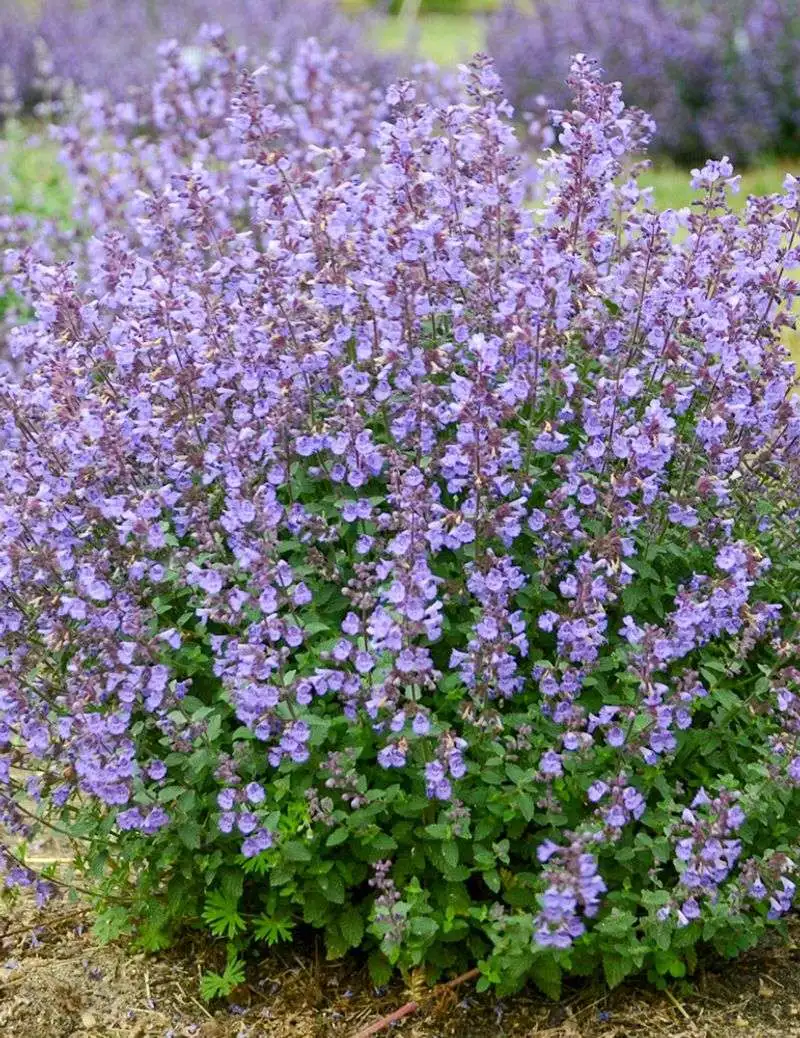
Catmint, with its lavender-blue blooms, offers more than just ornamental beauty. Bees are drawn to its aromatic flowers, which provide a steady nectar supply. This perennial is drought-tolerant and thrives in well-drained soil, making it a resilient choice for gardens. Beyond its appeal to bees, catmint is loved by gardeners for its long blooming period and ability to deter pests. Its calming scent also makes it a favorite in herbal practices. A garden with catmint is not only bee-friendly but also a serene retreat for nature lovers.
Globe Thistle
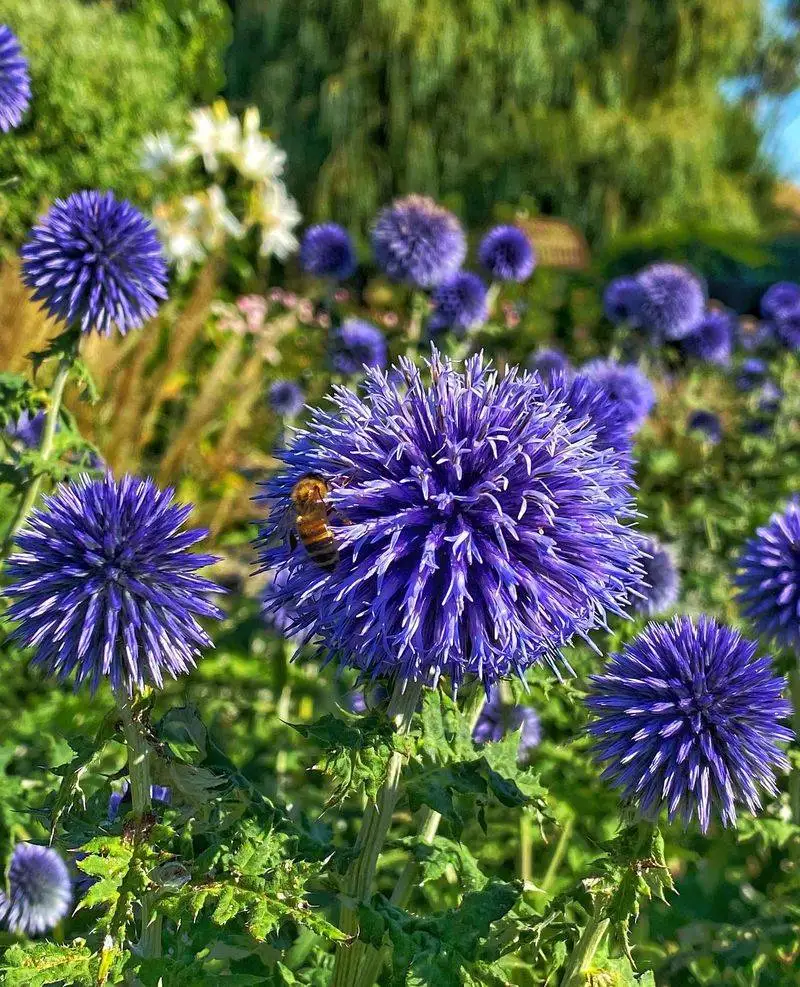
The Globe Thistle stands out with its spiky, spherical blooms that are a beacon for bees. This bold flower, with its metallic blue hue, provides a striking visual contrast in any garden. Bees are irresistibly drawn to its rich nectar and pollen.
Imagine a sunny morning where the garden comes alive with the hum of bees circling this unique plant. The Globe Thistle’s resilience makes it a favorite among gardeners, thriving in various climates.
Interestingly, despite its prickly appearance, this flower is a gentle giant in the garden, attracting more bees than the sunflower.

